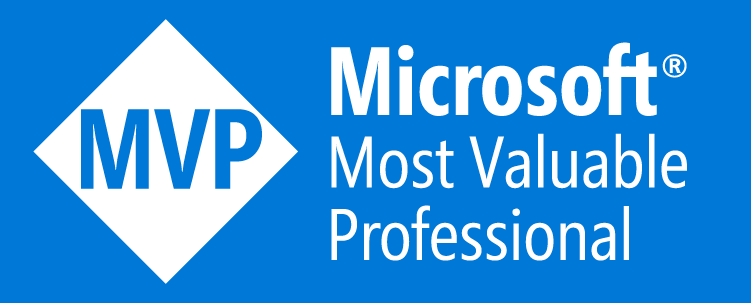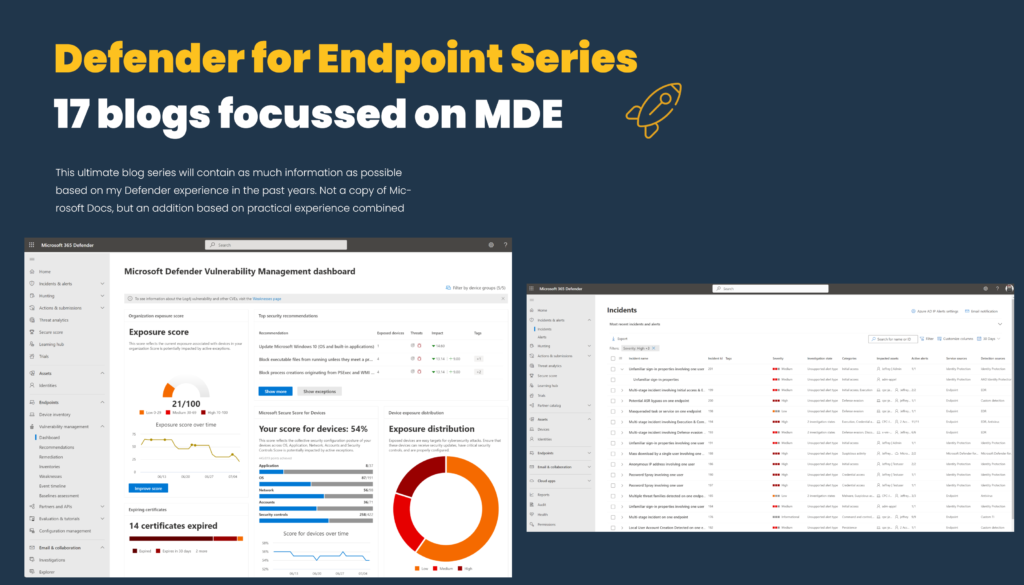Microsoft Defender for Endpoint series – What is Defender for Endpoint? – Part1
It is time for the first part of the ultimate Microsoft Defender for Endpoint (MDE) series. After the announcement and the great response, it is time for the first part. Part 1 contains information related to Defender for Endpoint’s basics….
How to upgrade from MMA-based Defender for Endpoint to MDE unified solution in Defender for Cloud?
The new Defender for Endpoint unified agent is generally available for some time (since April 11th, 2022. The new unified Microsoft Defender for Endpoint solution is supported for Server 2012R2 and Windows Server 2016. In addition, automated deployment and integration…
Microsoft Defender for Business – How to use it, and what are the differences with P2?
Microsoft Defender for Business (MDB) is the new Defender product scoped for small businesses. Defender for Business is a new endpoint security solution now generally available within Microsoft 365 Business Premium and as a standalone solution. Defender for business is…
Managing Microsoft Defender for Endpoint with the new Security Management feature in MEM/Intune
Currently in general availability is the new Security Settings Management in Microsoft Defender for Endpoint. Security Management for Microsoft Defender for Endpoint is the new method to manage Security settings for devices and servers that are not enrolled yet in…
Microsoft Defender for Endpoint Troubleshooting mode – how to use it?
Microsoft announced recently the new troubleshooting mode functionality for Defender for Endpoint. With the new troubleshooting mode, it is possible to disable the tamper protection and change Defender Antivirus settings locally for testing different scenarios, even when they’re controlled by…
Microsoft Defender for Endpoint – The ultimate blog series for Windows (Intro) – P0
Microsoft Defender for Endpoint is an endpoint security platform designed to help customers prevent, detect, investigate, and respond to advanced threats. Microsoft Defender for Endpoint contains many components, licensing differences, and additional protection. Some years ago Defender for Endpoint was…
Detect and block Credential Dumps with Defender for Endpoint & Attack Surface Reduction
Credential dumping or password dump is a technique used by cybercriminals to gain access to a network. They will enter the workstation through phishing and controls through the typical way the admin uses and monitors the network to find more…
Tag domain controllers automatically in Defender for Endpoint using KQL, Logic App, and API
The use of device tags within Microsoft Defender for Endpoint (MDE) is important for environments. Device tags can be used to give more control over how you manage your devices and scope devices for different groups. When onboarded many devices…
Onboard Microsoft Defender for Endpoint using Azure Arc for non-Azure devices
Microsoft Defender for Endpoint deployment is possible based on multiple deployment mechanisms. Microsoft Defender for Cloud (previous Azure Defender) is available in Azure, with Microsoft Defender for Cloud it is possible to manage devices in Azure. By using Azure Arc,…
Deploying Defender for Endpoint on iOS with zero-touch onboarding
Defender for Endpoint is available for multiple platforms. For mobile platforms Defender for Endpoint is supported for iOS en Android. In this blog, I will explain the zero-touch onboarding of Defender for Endpoint for iOS. View the updated post: Deploy…



